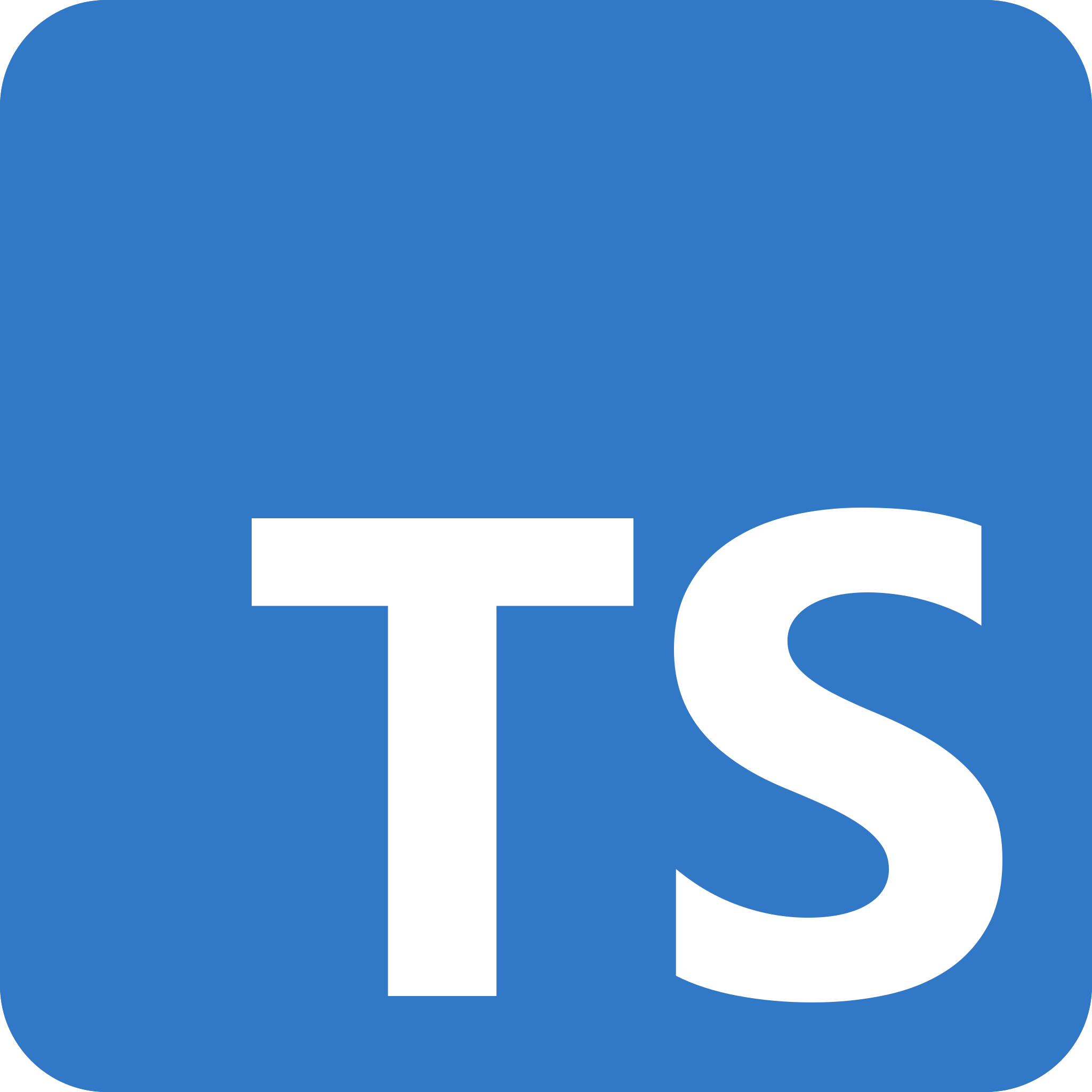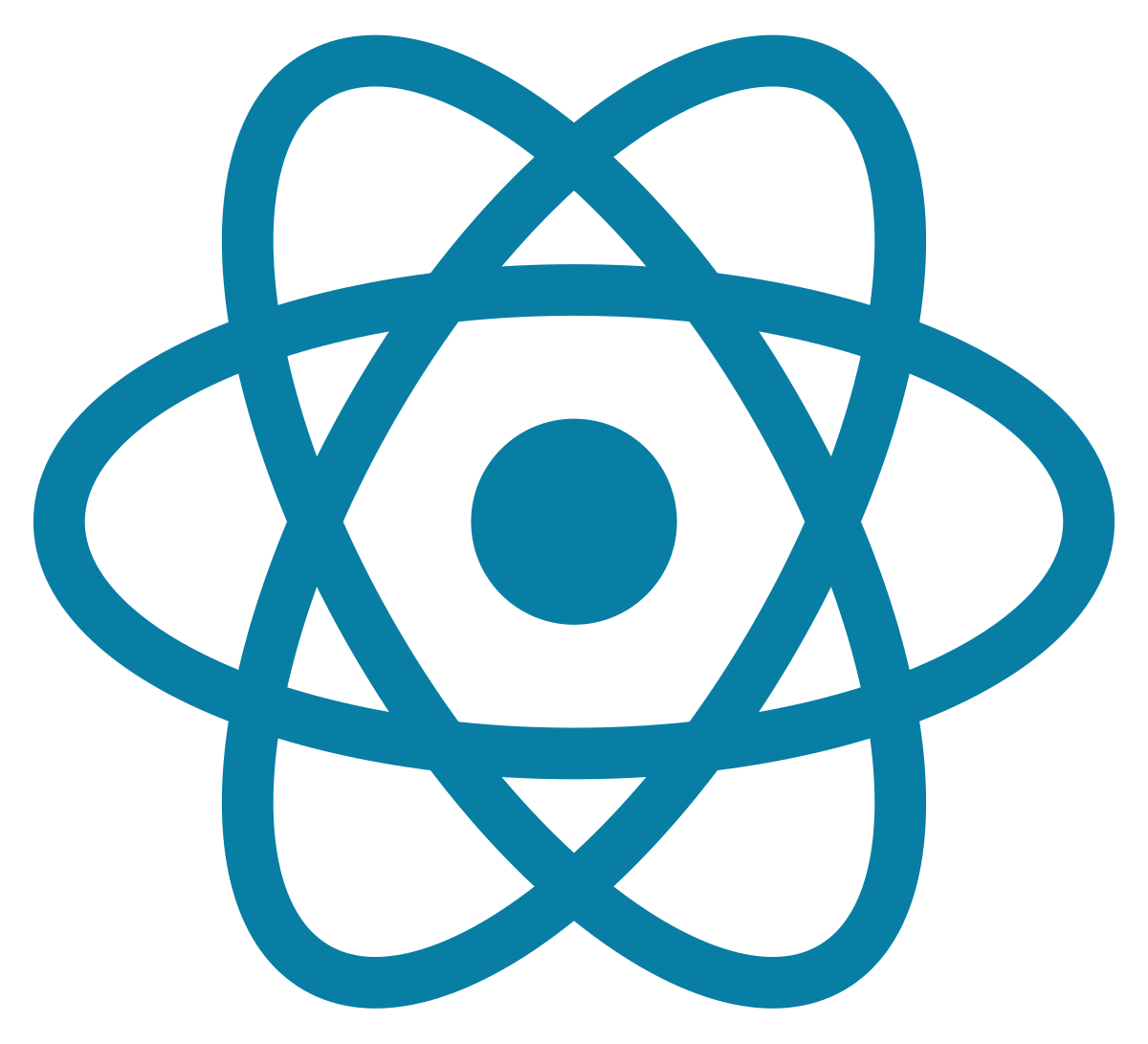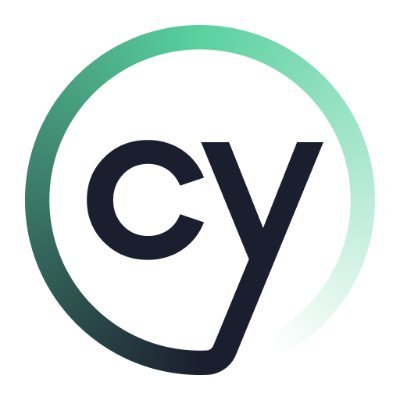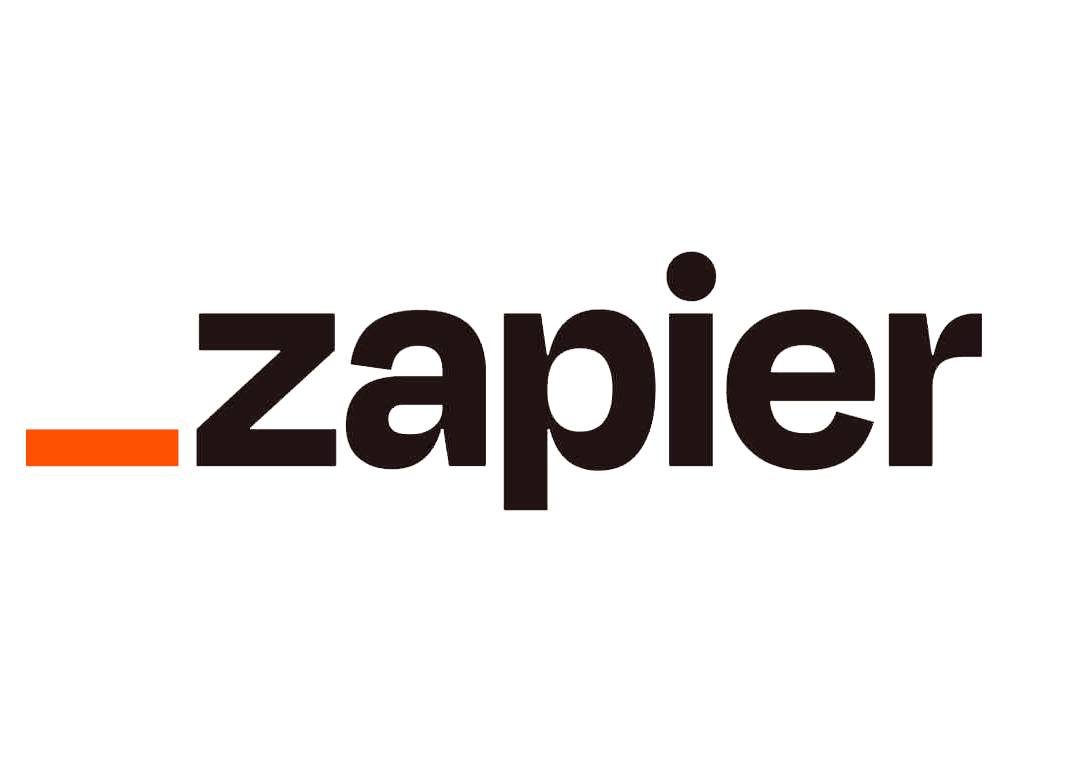Embracing Accessibility: My Journey as a Developer
Recently, I attended an online conference hosted by AbilityNet, a charity dedicated to making the digital world accessible for everyone. It was an inspiring experience, filled with lessons that have reshaped how I think about software development. Accessibility isn’t just a technical requirement—it’s a responsibility. Here, I’ll share what I’ve learnt and how it’s already influencing my work.
What We’ll Discuss
✔️ Introduction to accessibility and why it matters in software development
✔️ Apple, BBC, HSBC, and Sony's accessibility initiatives and lessons for developers
✔️ Tools like Axe for Copilot and Lighthouse to enhance accessible coding
✔️ Practical steps for integrating accessibility into React and Next.js workflows
✔️ Tackling the challenges of driving cultural change towards accessibility
✔️ Key takeaways from the AbilityNet conference and how they’re shaping my journey
✔️ Why accessibility is a responsibility, not just a requirement
My Journey as a Developer
When I started in tech, my focus was on functionality and performance. Accessibility wasn’t even on my radar. But this conference made me realise how limiting that mindset was. Accessibility opens the door to building software that serves everyone, regardless of ability. It’s not just about legal compliance; it’s about creating equitable digital experiences.
Key insight: Accessibility is about enhancing usability for everyone, not just those with disabilities.
Accessibility Leaders: What Can We Learn?
Let’s take a closer look at what major organisations are doing to prioritise accessibility and how their approaches can inspire our own work:
| Organisation | Key Accessibility Initiatives | Lessons for Developers |
|---|---|---|
| Apple | VoiceOver for visually impaired users, Live Listen for hearing accessibility | Build accessibility into the core product, not as an afterthought |
| BBC | Audio-described content, customisable subtitles for iPlayer | Empower users with adaptable interfaces |
| HSBC | High-contrast UI options for online banking, screen-reader-friendly apps | Consider accessibility in both design and engineering phases |
| Sony | Gaming controllers designed for accessibility, subtitles across media platforms | Include accessibility in entertainment products, not just utility tools |
These examples show that accessibility is achievable across industries, whether you’re building apps, media platforms, or gaming experiences.
Tools to Enhance Accessible Coding
During the conference, I discovered several tools that can help developers create accessible products more efficiently. Here are two that I’m exploring in my own workflow:
- Axe Extension for Copilot: Automatically highlights accessibility issues in JSX code while you type, making it easier to catch problems early.
- Lighthouse in Chrome DevTools: Evaluates accessibility in your live projects and provides actionable feedback for improvements.
Quick tip: Integrate these tools into your CI/CD pipeline to ensure accessibility isn’t just a one-off task.
Tackling Challenges in Driving Change
Implementing accessibility can feel overwhelming, especially in organisations where it hasn’t been a focus. Here’s how I’m starting:
- Educating Myself: I’ve been diving into accessibility documentation for React and Next.js to better understand how to apply best practices.
- Influencing Small Changes: By sharing resources with my team and bringing up accessibility in code reviews, I’m planting seeds for a culture shift.
Change doesn’t happen overnight, but every step towards accessibility makes a difference.
Conclusion: A New Perspective
The AbilityNet conference was more than just a learning experience—it was a call to action. As developers, we have the power to create software that is truly inclusive. My journey into accessibility has just begun, but it’s already changing how I approach my work.
If you’re new to accessibility, don’t let the learning curve discourage you. Start small, use the tools available, and remember: every effort you make helps to build a more inclusive digital world.
My Technical Skills

AWS

JavaScript

TypeScript

React

Next.js

Cypress

Figma

